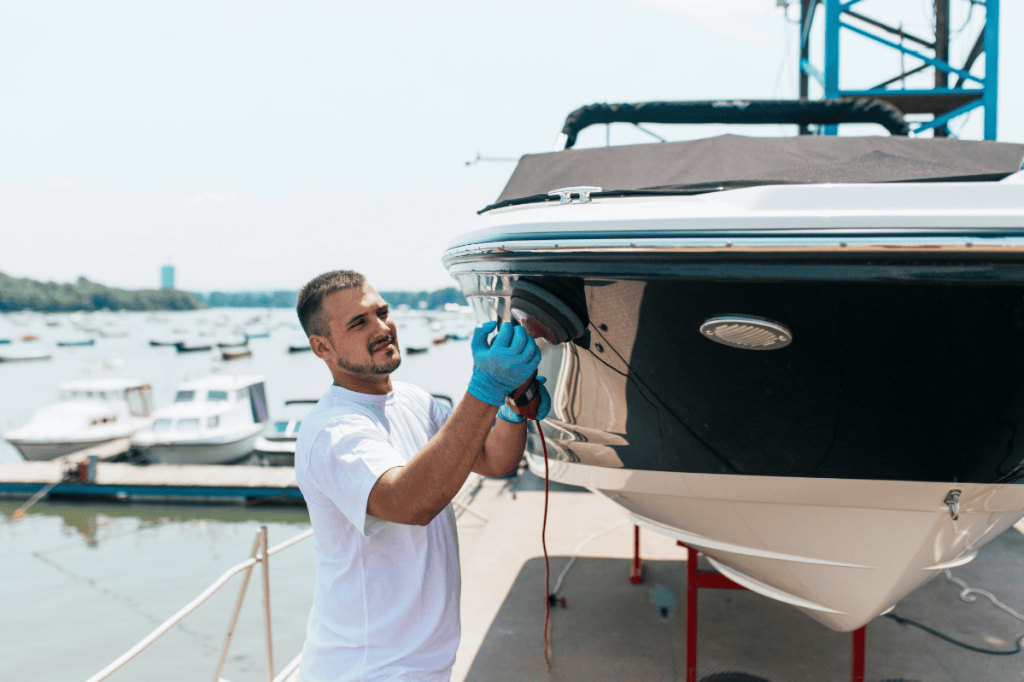Creating your perfect fishing boat involves more than just purchasing a pre-made model it is about crafting a vessel that caters to your specific needs and preferences. DIY plans and blueprints offer an empowering route for enthusiasts who want a personalized experience on the water. By embarking on a custom build, you can tailor every detail of your boat, from its size and shape to the choice of materials and equipment.
Planning Your Build
The first step in creating your fishing boat is to develop a comprehensive plan. Start by defining the primary purpose of the boat whether it is for freshwater fishing, deep-sea adventures, or both. Your intended use will influence the boat’s size, hull design, and additional features. A well-designed blueprint should account for your fishing style, the type of water you will be navigating, and any specific amenities you require.

Design and Blueprinting
Once you have outlined your goals, the next step is drafting the design. Blueprints are crucial as they serve as the blueprint for construction. You can either create your own plans or use pre-made designs from reputable sources. Many online resources and boat-building forums offer a range of blueprints that can be customized to suit your needs. Ensure that your blueprints include detailed diagrams of the hull, deck layout, and internal configurations.
Choosing Materials
DIY Fishing Boat Plans & Blueprints is essential for durability and performance. Common choices for boat construction include fiberglass, aluminum, and wood. Each material has its advantages – fiberglass is known for its strength and low maintenance, aluminum is lightweight and resistant to corrosion, while wood offers a classic aesthetic but requires more upkeep. The choice of material will impact the construction process, so it is important to understand the properties and maintenance needs of each.
Construction Process
With your plans and materials ready, you can begin the construction process. Start with the hull, which is the foundation of your boat. Building the hull involves cutting and assembling the primary structural components, ensuring that they are securely bonded and aligned. For fiberglass boats, this involves layering fiberglass cloth and resin, while aluminum boats require welding or bolting components together. Next, move on to the deck and cabin areas. Pay close attention to the layout, ensuring that there is ample space for fishing equipment, seating, and storage. Incorporate features such as rod holders, live wells, and fish finders as outlined in your plan. Proper installation of these elements is crucial for both functionality and safety.
Finishing Touches
Once the main construction is complete, focus on the finishing touches. This includes painting or coating the boat to protect it from the elements, installing the engine and other mechanical systems, and outfitting the interior with necessary accessories. Adding a non-slip surface on the deck and ensuring that all electrical systems are properly installed are also important for safety and comfort.
Testing and Adjustments
Before taking your new fishing boat out on the water, conduct thorough testing to ensure everything functions correctly. Check for leaks, test the stability of the boat, and ensure that all equipment operates as intended. Make any necessary adjustments based on your findings to ensure a smooth and enjoyable fishing experience.
